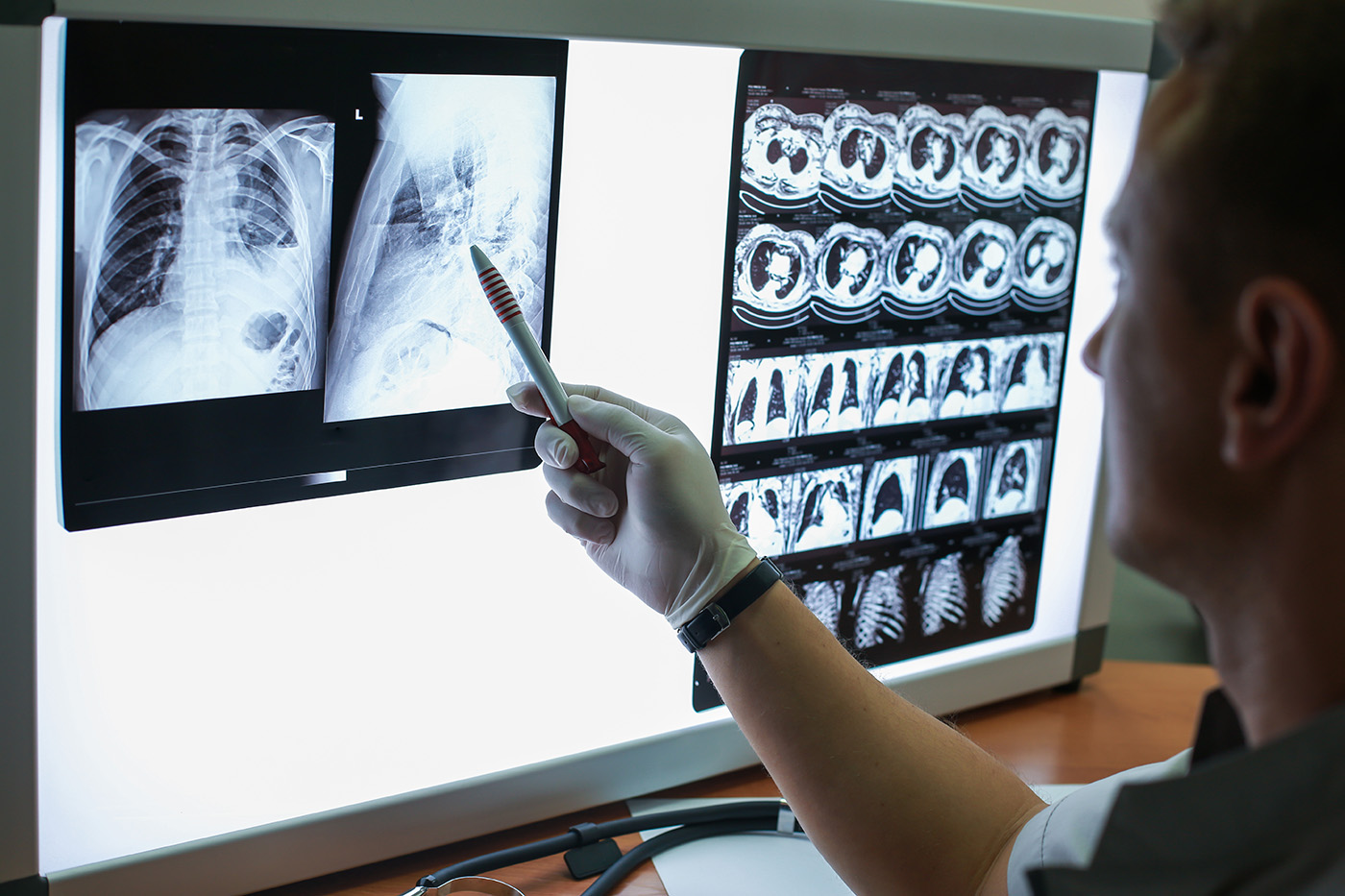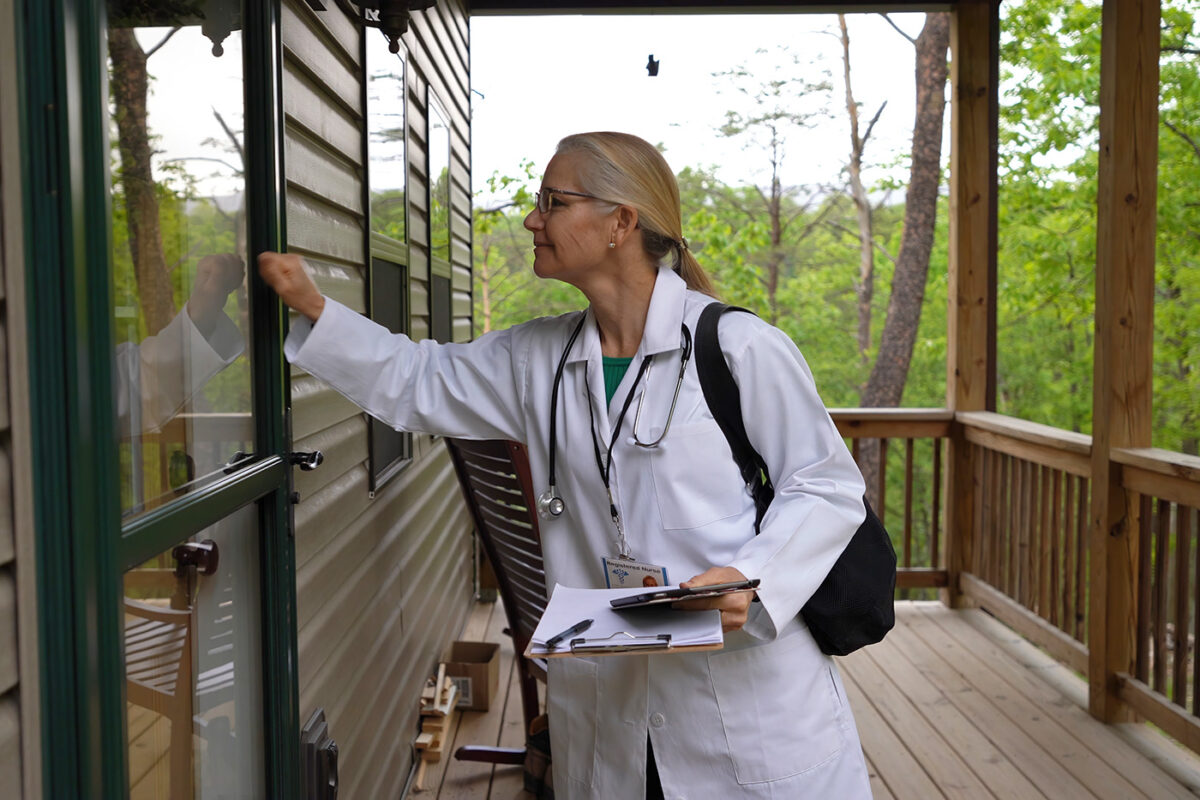
Author
Elizabeth (Izzy) Montgomery, MPA
Policy Analyst
Contact
ACHI Communications
501-526-2244
jlyon@achi.net
A new report from the American Lung Association finds that Arkansas has one of the highest rates of new lung cancer cases in the nation.
Lung Health Measures for Arkansas
The 2025 “State of Lung Cancer” report finds that Arkansas’s rate of new lung cancer cases is 68.2 cases per 100,000 people. Arkansas is ranked 47th among the 50 states and the District of Columbia for this measure; in this and all other measures, the No. 1 state has the best rate and the No. 51 state has the worst. Arkansas’s rate of new cases is significantly higher than the national rate of 52.8 cases per 100,000 people. The report’s methodology and data sources are discussed briefly below and, in more detail, in the report.
The report also finds that 16.6% of those at high risk of lung cancer in Arkansas received screenings during the review period, a rate that is not significantly different from the national rate of 18.2%. Arkansas is ranked 33rd for this measure.
Arkansas’s adult smoking rate is 15%, which the report notes is significantly higher than the national rate of 11.4%. The state is ranked 41st for this measure, with West Virginia ranking 51st (20.4%).
On the report’s measure for radon, a colorless and odorless gas that can seep into homes and buildings and is the second leading cause of lung cancer, Arkansas is ranked 20th. The report finds that 20.1% of radon test results in Arkansas were at or above the level at which the Environmental Protection Agency recommends corrective action. The report does not give a national average for this measure but states that Arkansas is “in the average tier.”
Arkansas is also among states that require coverage of biomarker testing for lung cancer. Biomarker testing looks for mutations, additions, deletions, or rearrangements in a person’s DNA. This important information can help inform treatment options for lung cancer patients. Seventeen states, including neighboring Oklahoma and Texas, require comprehensive biomarker testing coverage; Arkansas is among five states that require biomarker testing coverage only for some plans.
Unfortunately, values for several measures, including early diagnosis, surgical treatment, survival rate, and lack of treatment, are not available for Arkansas.
Tobacco Use and Lung Cancer
Smoking is the leading cause of lung cancer, although non-smokers can also develop lung cancer from other exposures, including air pollution and radon exposure. Screening individuals at increased risk for lung cancer is vitally important, since lung cancer detected at an earlier stage is more likely to be successfully treated.
The U.S. Preventive Services Task Force (USPSTF) recommends annual low-dose computed tomography (LDCT) in adults ages 50 to 80 who have a 20 pack-year smoking history and currently smoke or have quit within the past 15 years. A smoker’s pack-year history is calculated by multiplying the number of packs smoked per day by the number of years the person has smoked; for example, a person who has smoked a pack a day for 20 years or two packs a day for 10 years would have a 20 pack-year smoking history.
For more information about the impact of tobacco use on the prevalence of lung cancer and recommended screening and treatment for lung cancer, listen to our “Wonks at Work” podcast episode with Dr. Matthew Steliga, a thoracic surgeon at the University of Arkansas for Medical Sciences.
About the Data
Incidence data (new lung cancer cases) for Arkansas are from 2017-2021 and come from the Center for Disease Control and Prevention’s WONDER Online Database. Screening rates were determined by dividing the number of self-reported lung cancer screening exams meeting USPSTF criteria by the number of people at high risk for lung cancer and recommended for annual screening with LDCT, using data from the 2022 Behavioral Risk Factor Surveillance System (BRFSS). Smoking rates reflect the percentage of adults who have ever smoked 100 or more cigarettes and currently smoke on at least some days, based on data from the 2023 BRFSS.
Radon estimates for each state are primarily based on the most recent 10-year period’s proportion of county-level pre-mitigation radon tests from occupied interior spaces at or above the Environmental Protection Agency action level of 4 pCi/L (picocuries per liter of air) from the Centers for Disease Control and Prevention’s National Environmental Public Health Tracking for 2008-2017. For the biomarker testing measure, the American Lung Association surveyed state legislation mandating coverage of testing.






